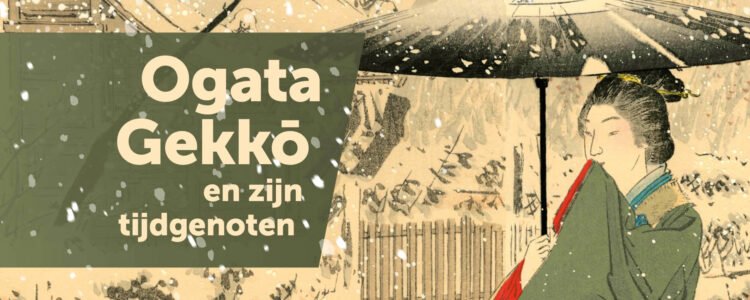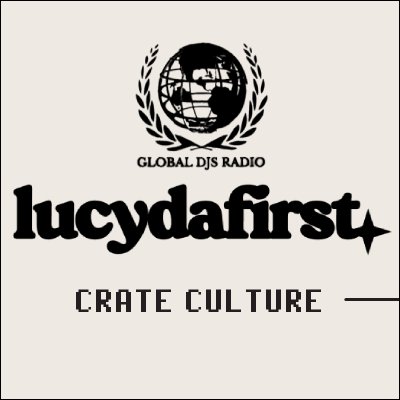The latest exhibition in Japan Museum SieboldHuis in Leiden comprises the work of Ogata Gekko. An exclusive presentation of his work, because it is the first time that a large stage has been offered to this multi-talented artist outside Japan. The title of the exhibition is Ogata Gekko and his contemporaries (in Dutch: Ogata Gekko en zijn tijdgenoten).
Private loans (including a large collection from Tasmania), consisting of prints, books, albums and precious paintings, have made this exhibition possible for the museum. In addition to more than one hundred works by Ogata Gekko (1859 – 1920), forty works of art by his contemporaries are on display. This exhibition offers a new perspective on printmaking during the Meiji period (1868-1912) and is a must-see for lovers of Japanese art.
Short introduction
Japanese prints are characterized by the use of fixed composition rules, clean lines and clear areas of colour, but that is different in the oeuvre of Ogata Gekko. His prints are associated with Shin nishikie (new brocade prints), a type of Japanese multi-coloured woodblock printing but Gekko’s style is closer to painting, partly because of its very subtle colour transitions.
Gekkō was a self-taught artist who grew to become one of the leading artists of his time. His reputation rose not only because of his excellent technique but also because of his versatility: in addition to prints, he also designed book illustrations, covers and impressive paintings on paper and silk. His popularity resulted in a large group of students, including the important 20th-century printmaker, Yamamura Koka. Just before his death, Gekko was referred to as one of the ‘grand old men’ of Japanese printmaking.
Gekko’s contemporaries
Famous contemporaries such as Tsukioka Yoshitoshi (1839-1892), Kobayashi Kiyochika (1847-1915) and Toyohara Kunichika (1835-1900) are responsible for the image of Japanese prints from the late 19th century. The comparison of Gekko’s work with forty works by his colleagues illustrates the differences, but also the similarities. Well-known themes from Japanese printmaking guide the visitor on a journey through the exhibition. The chapters History, legends and samurai tales, Beauties. Everyday life: customs and habits, Nature, landscapes and the city, Literature and theatre, Modern wars, modern military present a striking depiction of Japan during the Meiji period.
Visit Japan Museum SieboldHuis
At the moment, Japan Museum SieboldHuis works with reservations. This means that a spontaneous visit to the museum is not possible. You have to reserve a walk-in time in advance, also if you are in possession of a museum card, vriendenpas or any other discount card. More information can be found on the website and social media of the museum. The current exhibition can be visited until the 5th of September, 2021.





















